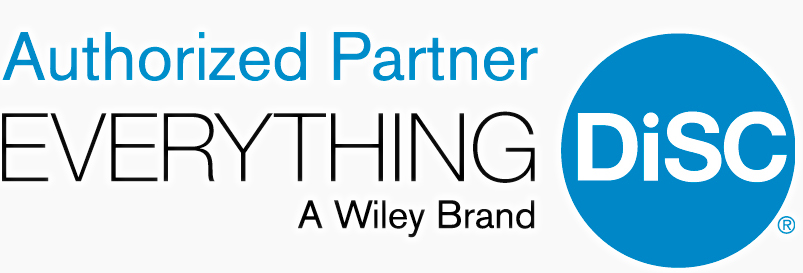Categories
Categories
Neurofeedback Increases Quality of Decision Making and Reduces Stress in the Workplace
Posted by on
How Neurofeedback Increases the Quality of Decision Making and Reduces Stress in the Workplace
Stress in the workplace is more than an individual issue—it’s an organizational challenge. Chronic stress impairs decision-making, reduces productivity, and affects overall employee well-being. In response to these challenges, many companies are turning to innovative solutions like neurofeedback. By enhancing cognitive function and mitigating stress, neurofeedback provides benefits that extend from individual employees to the entire organization. Let’s explore how neurofeedback can reduce workplace stress, improve decision-making, and foster an environment of wellness and productivity.
Understanding Neurofeedback and Its Role
Neurofeedback is a noninvasive therapy that uses real-time monitoring of brain activity to train individuals to self-regulate. This technique employs EEG technology to provide feedback on brainwave patterns, helping users optimize their cognitive and emotional responses. Over time, neurofeedback promotes neural efficiency, leading to improved focus, stress resilience, and better decision-making capabilities.
In a high-pressure workplace, where multitasking and quick decisions are the norm, neurofeedback can be a game-changer. By reducing stress and enhancing cognitive functions, neurofeedback can support employees and leaders in navigating challenges more effectively.
Workplace Stress Reduction Through Neurofeedback
Stress is one of the leading causes of workplace inefficiency. According to the American Institute of Stress, 83% of U.S. workers experience daily work-related stress, with over a third citing their job demands as the primary source. Chronic stress disrupts the brain’s natural ability to process information, leading to poor decision-making and decreased productivity.
Neurofeedback combats stress by helping individuals regulate their brainwave patterns. It trains the brain to transition from high beta waves (associated with stress) to calmer alpha and theta waves, fostering relaxation and clarity. Employees equipped with this self-regulation tool experience reduced anxiety, improved focus, and an enhanced ability to handle complex tasks.
Cognitive Enhancement and Decision-Making
Effective decision-making is critical in leadership and team-based environments. However, workplace stress often compromises this ability. Neurofeedback can enhance executive functioning, including attention, memory, and problem-solving skills, by improving the brain's connectivity and efficiency.
Studies have shown that neurofeedback training can significantly improve cognitive flexibility, attention, and executive functioning. These gains directly impact decision-making by enabling employees to think critically, manage information overload, and maintain composure under pressure.
For leaders, these enhancements are invaluable. Better decision-making fosters trust and drives organizational success, while reducing the cognitive toll of high-stakes responsibilities.
Leadership Training and Employee Wellness
Leadership sets the tone for workplace culture. Neurofeedback can be a pivotal part of leadership training programs by equipping leaders with the cognitive tools to manage stress, remain emotionally intelligent, and inspire their teams. Neurofeedback increases the quality of decision making by enhancing self-regulation, enabling leaders to respond thoughtfully rather than react impulsively, even in challenging situations.
Employee wellness initiatives that incorporate neurofeedback can transform organizational health. A wellness-oriented workplace improves employee satisfaction, reduces absenteeism, and enhances productivity. Neurofeedback aligns seamlessly with mindfulness and mental health programs, offering a measurable approach to stress reduction and cognitive development.
Boosting Productivity Through Employee Wellness
Organizations that prioritize wellness see measurable results. Research from the World Health Organization (WHO) suggests that every $1 invested in mental health at work yields a $4 return in improved health and productivity. Neurofeedback not only enhances individual well-being but also creates a ripple effect across the organization, reducing burnout and fostering collaboration.
When employees are less stressed and more focused, they bring greater energy and creativity to their roles. Neurofeedback training helps maintain this balance, ensuring long-term benefits for individuals and the organization as a whole.
Building Resilience With Neurofeedback
Neurofeedback offers a proactive approach to tackling workplace stress and enhancing cognitive function. By training the brain to self-regulate, this innovative therapy empowers employees and leaders to make better decisions, manage stress effectively, and contribute to a thriving workplace culture.
Incorporating neurofeedback into wellness programs signals a commitment to employee development and mental health. As more organizations embrace this technology, the benefits—reduced stress, improved decision-making, and enhanced productivity—become undeniable.
With its proven ability to transform stress into resilience, neurofeedback is a cornerstone for modern, wellness-focused workplaces ready to thrive in a competitive landscape. To learn more about how neurofeedback increases the quality of decision making and team productivity in your workplace, reach out to Profile Assessments!
 Loading... Please wait...
Loading... Please wait... 
